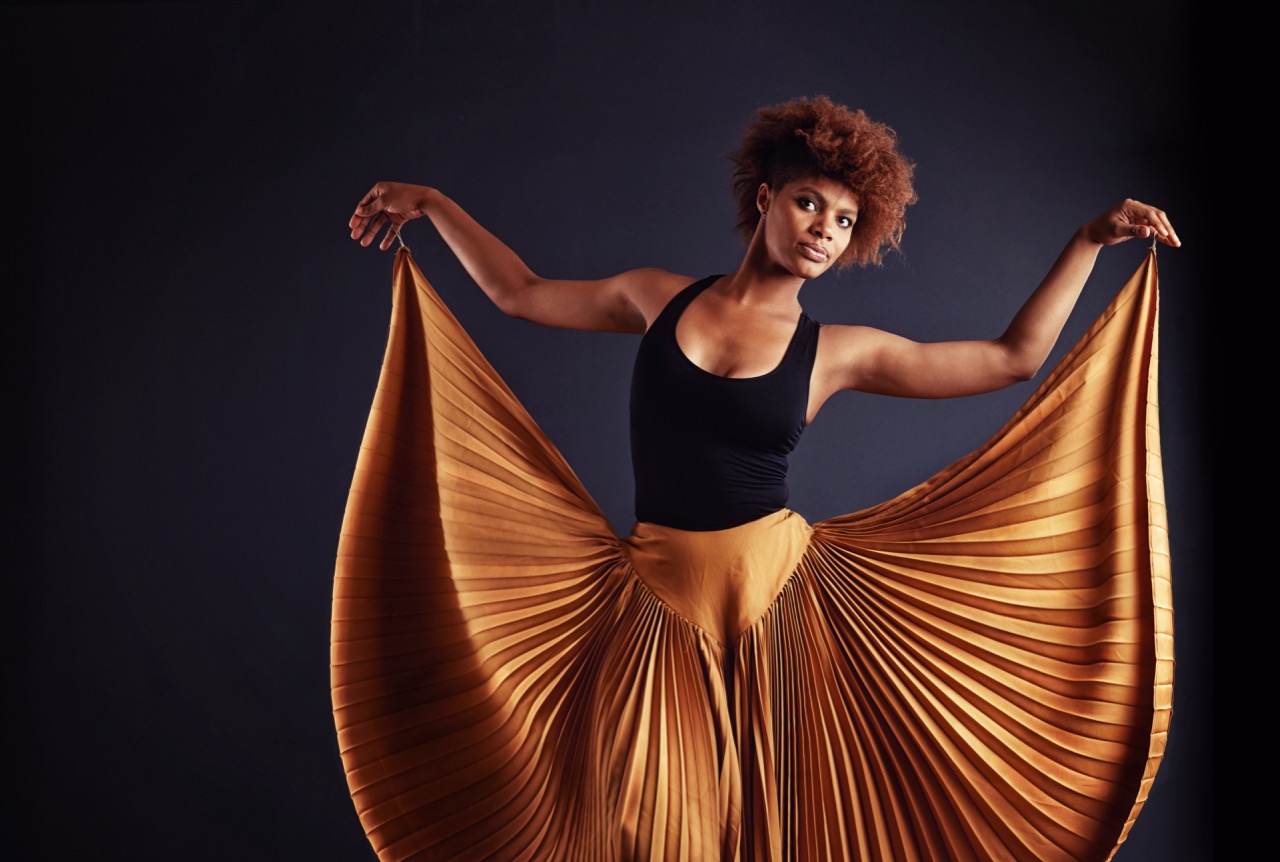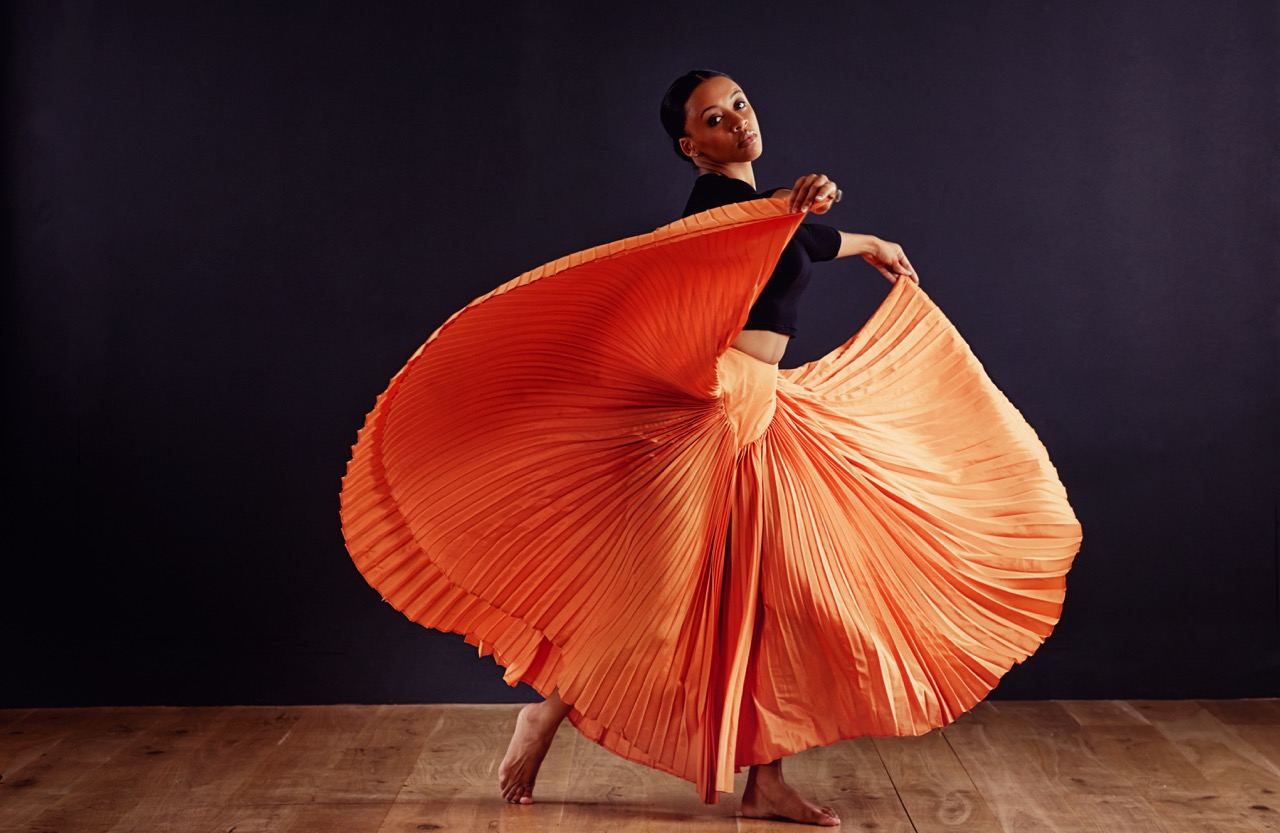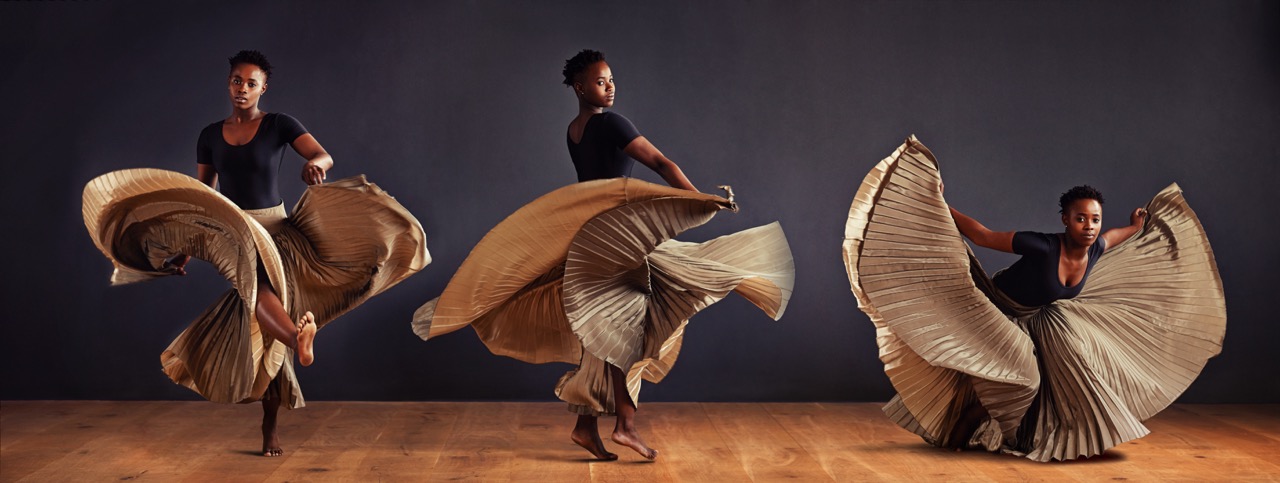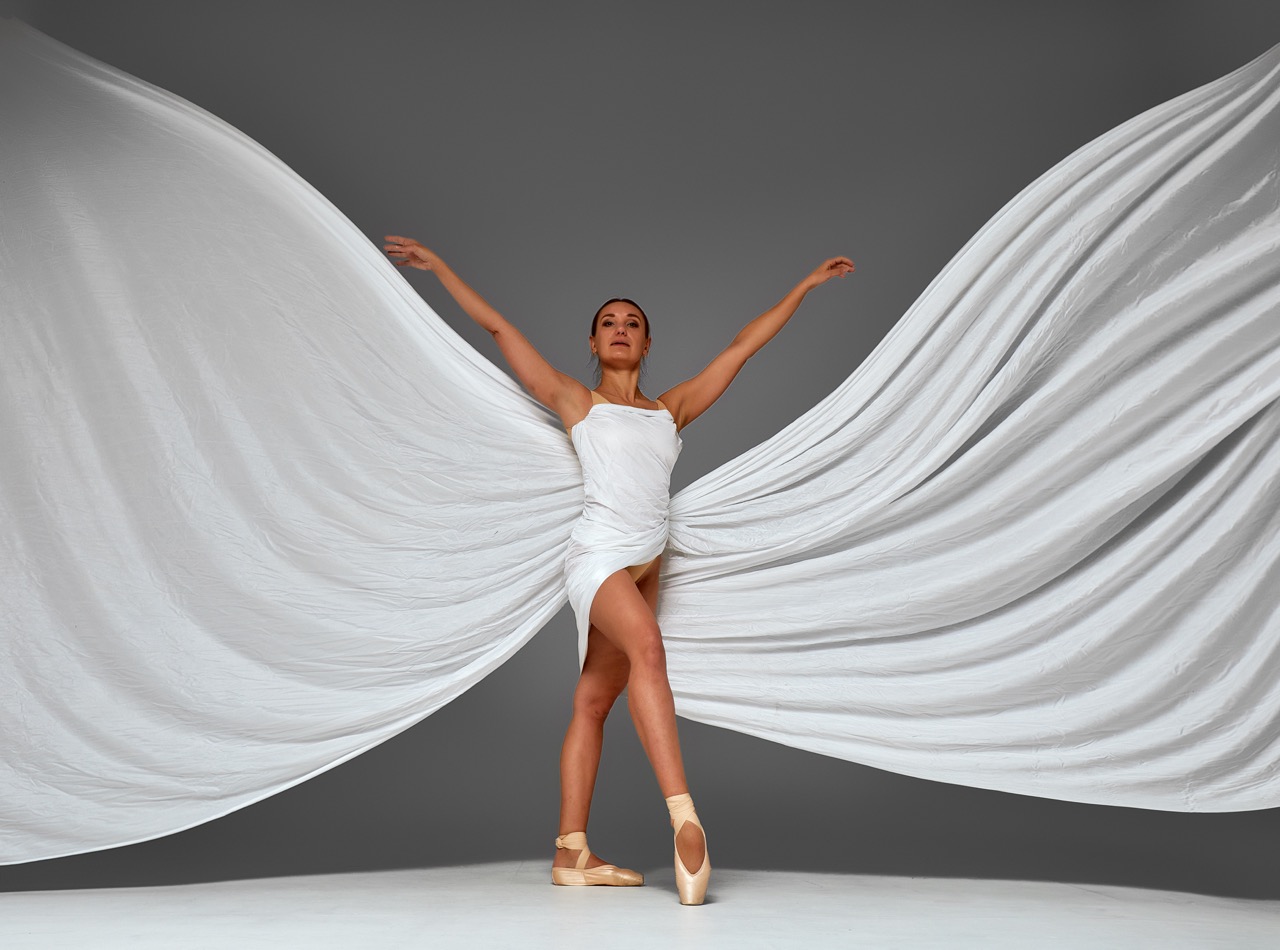Dance is one of the oldest forms of human expression, transcending time and geography to resonate deeply within cultures worldwide. Its rhythm and movement tell stories that connect us to our ancestors, our communities, and ourselves. From the sacred ceremonies of ancient civilizations to the vibrant performances of today, dance has evolved endlessly, reflecting the myriad experiences of humanity. This article explores the rich tapestry of dance history, examining its timeline, cultural significance, regional styles, and the impact of technology on its evolution.
From Ancient Rituals to Modern Expression: A Dance Timeline
The history of dance can be traced back to prehistoric times when early humans used rhythmic movements to communicate, celebrate, and conduct rituals. Archaeological evidence, including cave paintings and artifacts, suggests that dance played a critical role in the spiritual lives of ancient communities. These early forms of dance were often tied to agricultural cycles, hunting celebrations, and religious ceremonies, providing a means to unite people and express shared beliefs.
As civilizations emerged, so did the complexity of dance. In ancient Egypt, for example, dance was an integral part of worship and was performed at religious festivals. The Greeks elevated dance to an art form, incorporating it into theater and social gatherings. The Romans, too, embraced dance, blending it with their own cultural practices. By the Middle Ages, dance had evolved further, becoming a symbol of social status through courtly dances, which later gave birth to the Renaissance’s elaborate ballets.
The 19th and 20th centuries marked a significant shift in the perception of dance. With the rise of modernism, choreographers began to challenge traditional forms, introducing contemporary styles that emphasized personal expression. The emergence of jazz, hip-hop, and various social dances reflects the ongoing transformation of dance into a medium for storytelling and social commentary. Today, the timeline of dance continues to evolve, with new genres constantly emerging and intersecting, shaping the dance landscape of the future.
Cultural Fusion: How Dance Reflects Societal Changes
Dance serves as a mirror to society, capturing the essence of cultural shifts and social movements throughout history. The fusion of different dance styles often reflects the blending of cultures, resulting in innovative forms that speak to shared experiences. For instance, the emergence of tango in Argentina is a vivid illustration of cultural intermingling, born from the interactions of European immigrants and African influences in the late 19th century. This passionate style not only expresses romance and longing but also encapsulates the struggles and aspirations of its diverse origins.
The influence of globalization has accelerated the exchange of dance forms, with styles crossing borders and evolving in new contexts. Hip-hop, which originated in the streets of New York City, has become a global phenomenon, infusing local cultures with its distinctive rhythm and energy. As communities adopt and adapt these styles, they create unique interpretations that showcase cultural pride and resilience. Dance becomes a vehicle for social change, offering a platform for marginalized voices to be heard and celebrated.
Moreover, dance has played a crucial role in activism, from the civil rights movement in the United States to the anti-apartheid struggle in South Africa. Choreographers and dancers have used their art to address societal issues, bringing attention to injustices and advocating for change. As societal values continue to shift, dance remains a powerful means of expression, reflecting the complexities and aspirations of the human experience in an ever-changing world.
Regional Rhythms: Unique Dance Styles Across Continents
Each continent boasts a unique array of dance styles, each shaped by its cultural landscape and historical context. In Africa, for example, dance is deeply embedded in communal life, often serving as a means of storytelling and celebration. Traditional African dances vary widely across regions, characterized by vibrant movements and intricate rhythms that are often accompanied by live music. These dances not only entertain but also connect communities to their ancestral roots and cultural identities.
In Asia, dance forms like Bharatanatyam and Kathak in India showcase the region’s rich heritage and spiritual traditions. These classical dances are steeped in mythology, using intricate footwork and expressive gestures to convey complex narratives. Similarly, the traditional dances of Japan, such as Kabuki and Noh, reflect the country’s unique aesthetic values and historical influences. Each dance style serves as a testament to the cultural significance of movement, transcending mere performance to become a celebration of life itself.
North and South America have also contributed significantly to the global dance scene. From the lively salsa of Cuba, which blends African and Spanish influences, to the indigenous powwow dances of Native American tribes, these styles embody a fusion of history, identity, and community spirit. In contemporary settings, styles such as breakdancing and contemporary dance continue to evolve, showcasing the diverse influences that define modern movement. Across continents, the regional rhythms of dance not only entertain but also educate, preserving traditions while embracing innovation.
The Evolution of Dance: Technology’s Role in Transformation
The interplay between dance and technology has significantly influenced its evolution throughout history. From the invention of the printing press to the advent of film, technological advancements have allowed dance to reach wider audiences and gain recognition as a legitimate art form. The emergence of dance notation systems in the 19th century, for instance, enabled choreographers to document their work, facilitating the preservation and transmission of dance across generations. This not only preserved ancient traditions but also laid the groundwork for the development of new styles.
In the 20th century, technological innovations such as television and the internet revolutionized the way dance is consumed and shared. The proliferation of dance competitions and reality shows brought various styles into mainstream culture, inspiring countless individuals to explore dance as a means of expression. Social media platforms further democratized dance, allowing dancers from all corners of the globe to share their creativity and connect with others. Viral dance challenges have redefined how dance trends emerge and spread, creating communities that transcend geographical boundaries.
As we move further into the digital age, virtual reality and motion capture technology are opening new avenues for dance exploration and expression. Choreographers can now create immersive experiences that blend dance with digital art, captivating audiences in unprecedented ways. This ongoing evolution underscores the dynamic relationship between dance and technology, where innovation fuels creativity and challenges traditional notions of performance. As we embrace this new era, dance continues to adapt, reflecting the complexities of modern life while remaining rooted in the timeless language of movement.
The history of dance is a vibrant narrative that interweaves the threads of culture, expression, and technology. As we traverse the timeline of dance, we witness its transformation from ancient rituals to modern forms of artistic expression, highlighting the significant role it plays in reflecting societal changes. Each regional style offers a glimpse into the unique cultural identities that shape our world, while the influence of technology continuously redefines how we experience and engage with dance. As we look to the future, it is clear that dance will remain a powerful and dynamic force, forging connections across cultures and inspiring generations to come.










